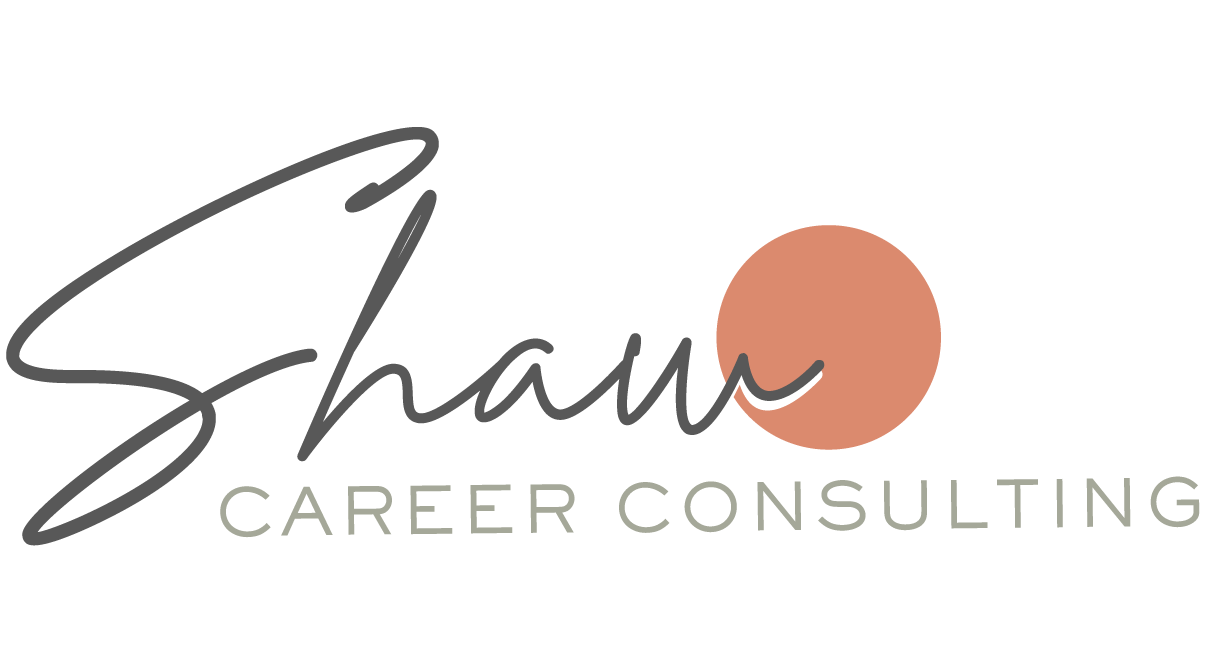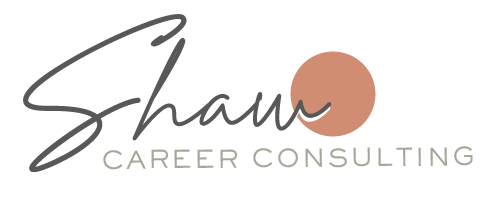What is the Real Deal with Applicant Tracking Systems?

If you have been searching for a position for any length of time, you have probably heard the term "ATS." It is typically found in questions like "Is your resume compatible with ATS software?" or "Can your resume pass through ATS?" You may have even heard of it referred to as the "Resume Robot," "Scanning Software," or "Filtering Application". It can be confusing, and to make it worse, there is a ton of wrong and old information out there.
So, what exactly is "ATS"? It stands for Applicant Tracking System and is essentially the software that "holds" your resume when you apply for a position. There are a lot of theories out there that every ATS platform will automatically reject resumes if it does not detect the appropriate keywords. Is this true? Well, yes and no.
Let's pretend that ATS software is a car. There are hundreds, if not thousands, of makes and models with different features and functionality. You have the cheapest base model that only offers 1 or 2 functions and serves as a bare-bones system. You also have the most expensive luxury model that provides all of the bells and whistles and probably does more than you could ever imagine. Between these two extremes, there are dozens or hundreds of different options that you can buy to meet both your needs and budget.
ATS is exactly the same. A company's type of ATS will depend on its needs, the volume of applicants, and budget. Some ATS software simply serves as a "holding" platform for applications and resumes. In this instance, the software does not scan your resume for keywords and automatically rejects you. It is simply organizing your information until a human can review everything. The "luxury" ATS software may very well be capable of scanning resumes and sending automated rejection emails to unqualified candidates.
What are you most likely to encounter? Honestly, something in between. Here are a few notes that I've taken from conversations with peers in the industry, including recruiters and hiring managers:
- One recruiter's software scanned resumes and assigned a percentage to each candidate, identifying how qualified they would be for the role. This recruiter said she would automatically reject resumes with less than 50% of the qualifications met and only review applications for anyone who ranked higher. She also mentioned she could filter and sort for the most qualified candidates, so those who ranked 95% and higher would receive the first calls for interviews, while those who ranked lower had to wait much longer for any response.
- One peer worked with Indeed on several projects and mentioned that their software could not read resumes designed in Canva, and their ATS did have the capability to filter for keywords.
- One hiring manager said their software did not automatically reject candidates based on keywords, but they could quickly search and eliminate every resume that did not include specific qualifications or keywords.
- More than one hiring manager specified that their ATS never automatically rejected anyone, BUT their screening questions within their application did. They all emphasized it was essential to answer application questions honestly and to the best of your ability.
So, what are the takeaways? Yes, there are ATS platforms out there that are capable of automatically rejecting clients based on keywords. More likely, however, is that most ATS platforms organize and rank your data for review by a recruiter or hiring manager. Keyword optimization is still critical, and you should always highlight your skills and accomplishments that the prospective employer will find valuable. If a recruiter can "filter" by "most qualified applicant," you want your resume to rank towards the top.
As always, a creative balance exists between creating a robotic resume that only includes keywords to "beat the system" and designing a visually appealing resume that a human will want to read. Keep avoiding graphics, charts, tables, and text boxes. Customize your resume for each position you apply for. And finally, create an attractive resume format that will encourage the reader to dig deeper into your qualifications.
Are you still unsure how to create a professional resume or need more guidance? We offer a variety of packages and services to meet the needs of every job seeker, from entry-level graduates to C-Suite executives. You can find out more about what we offer here. You can also subscribe to our email list so you don’t miss out on future posts with resume writing and career counseling advice.



